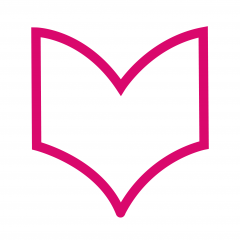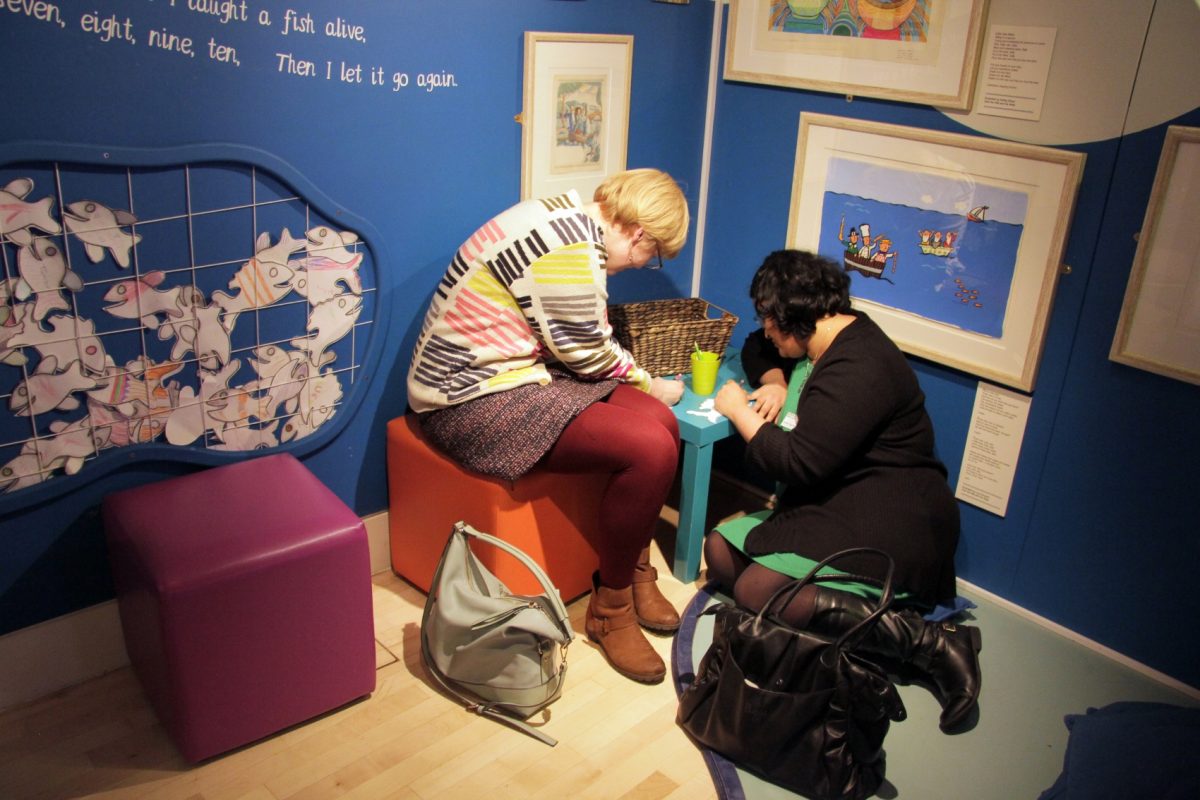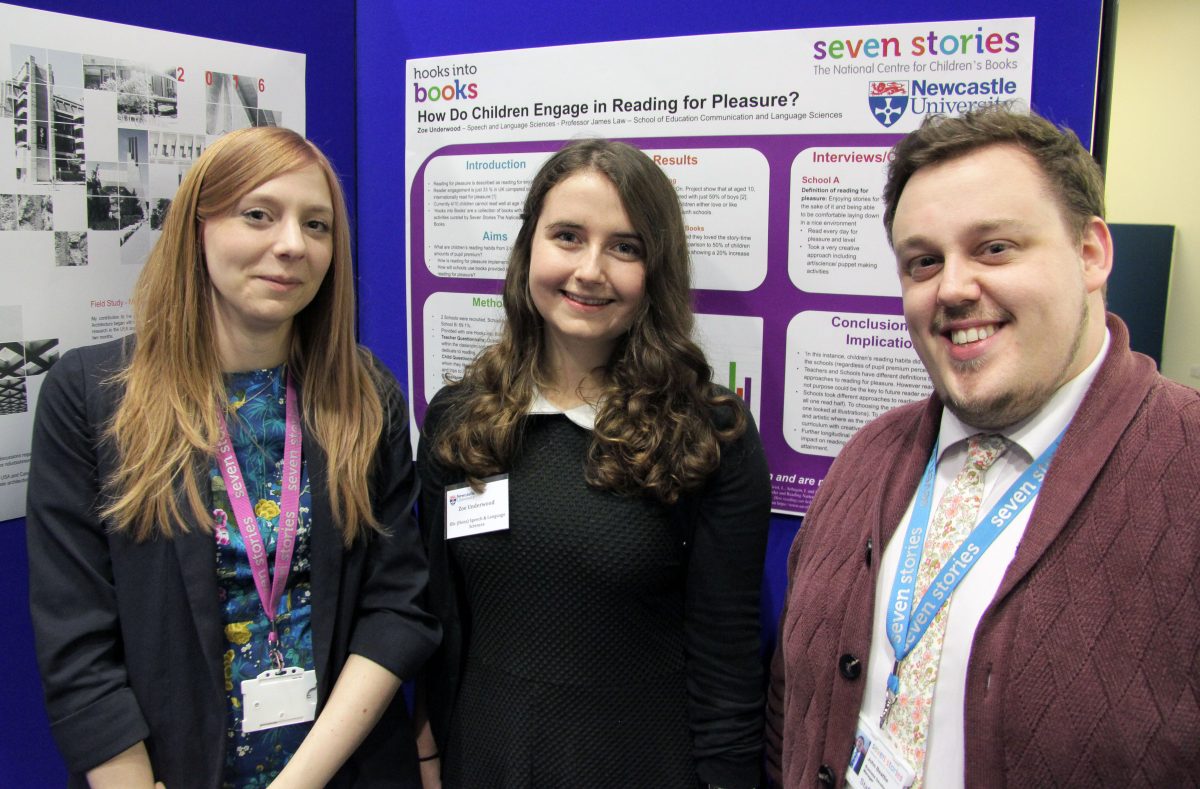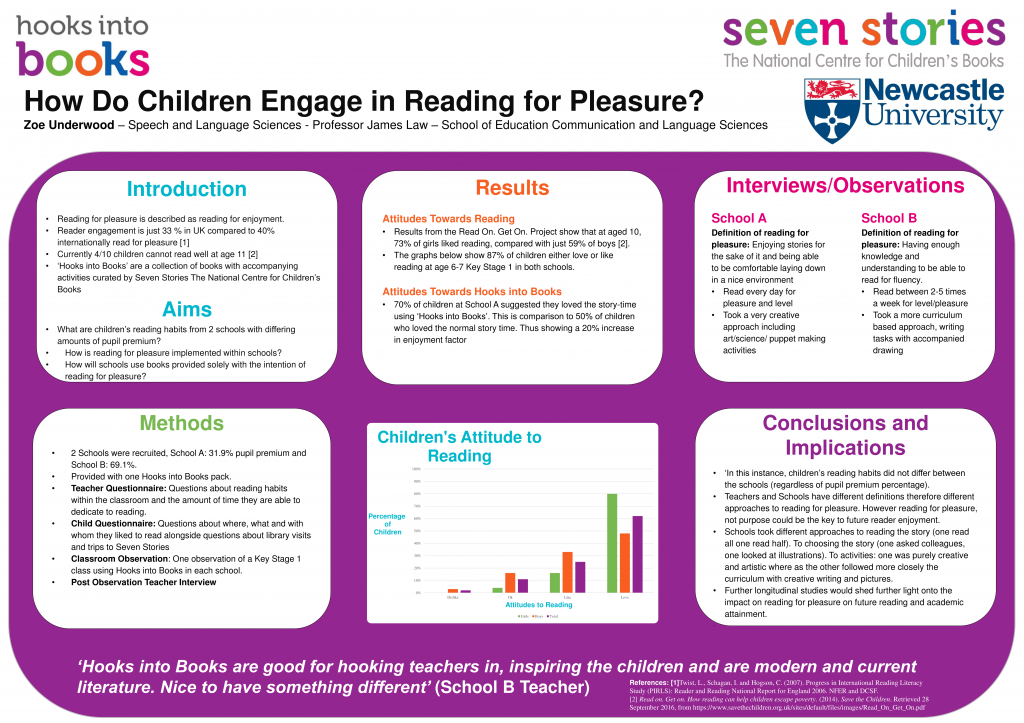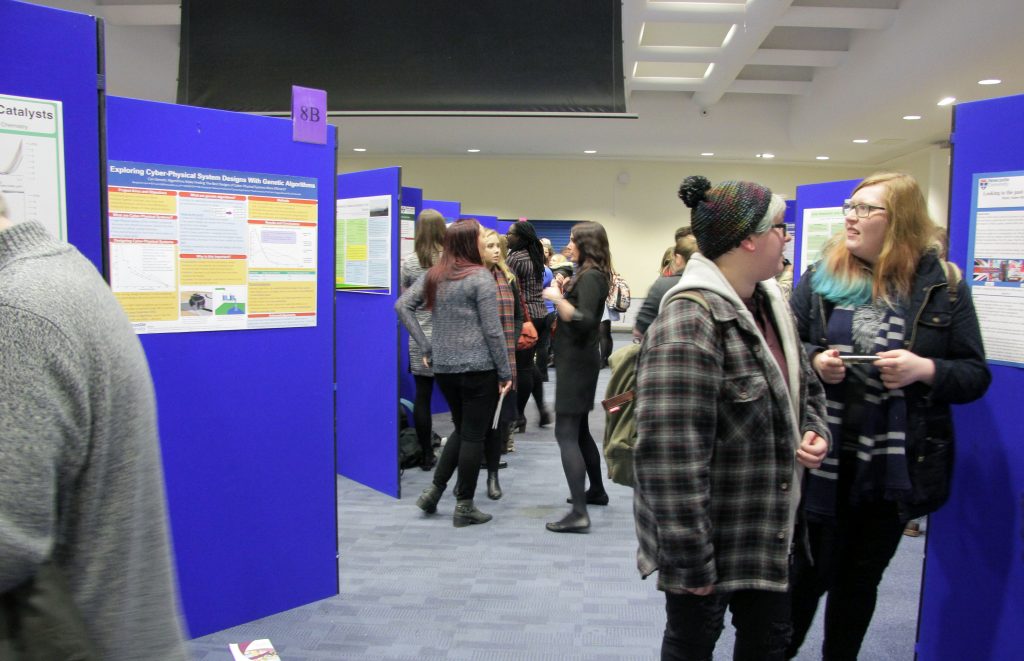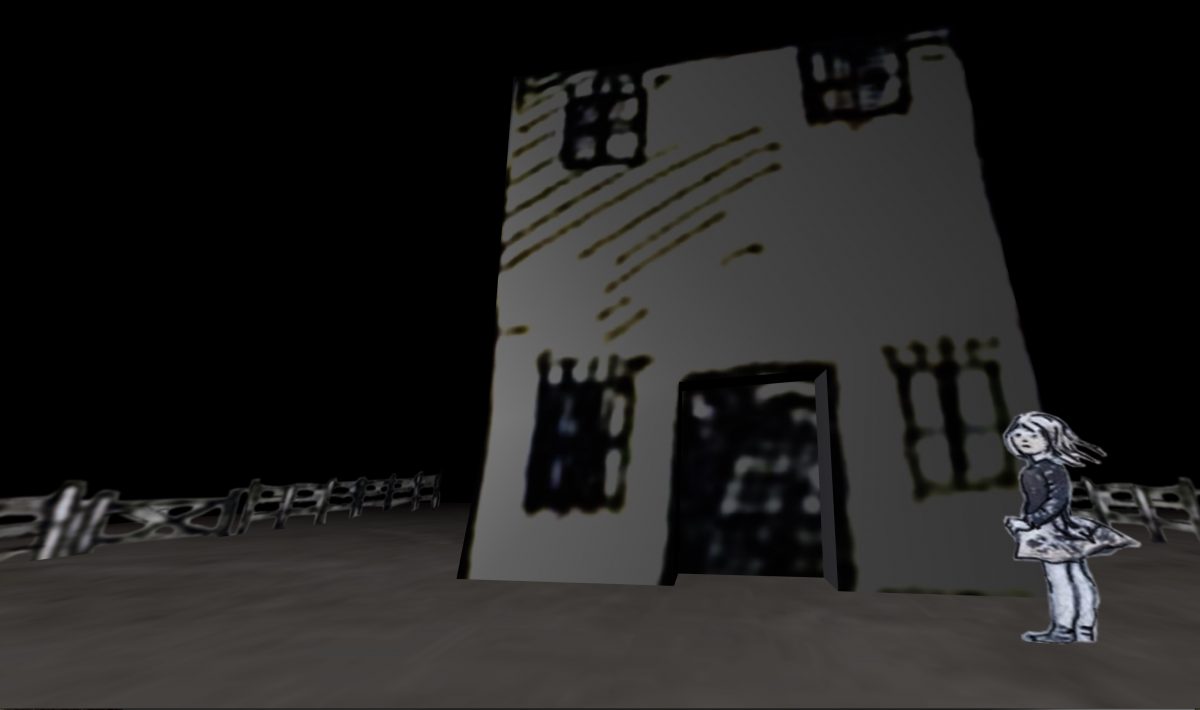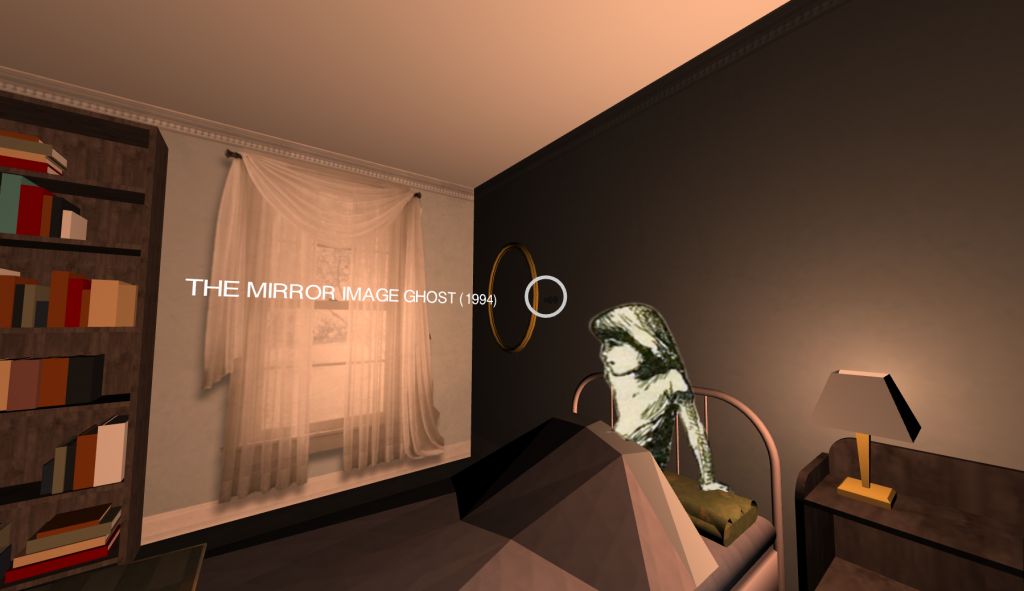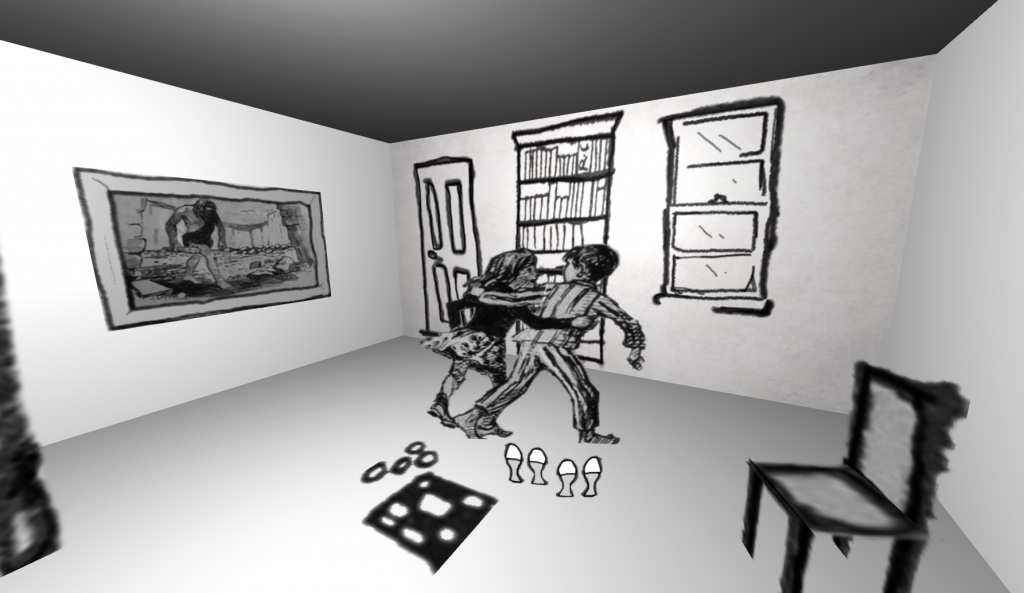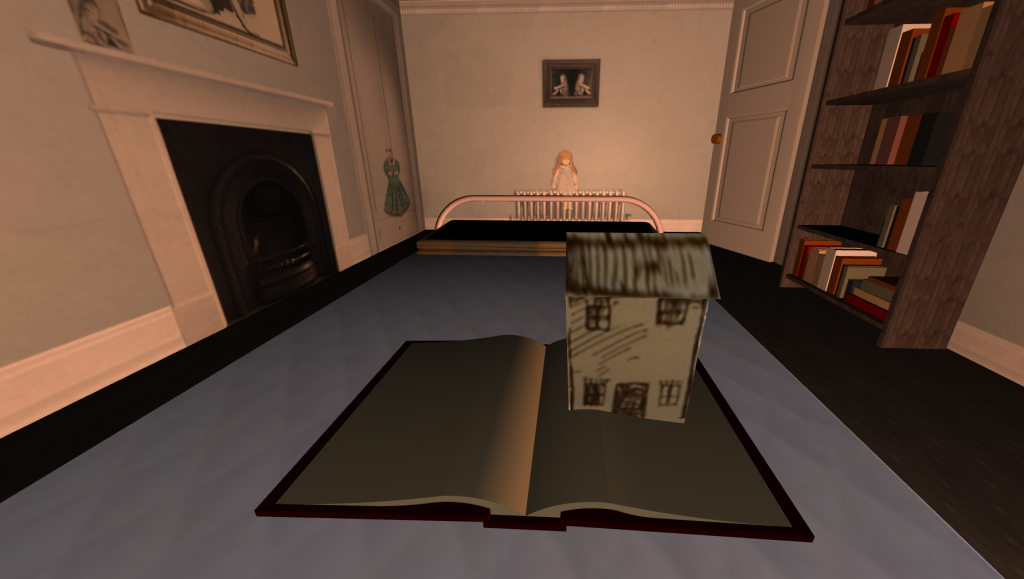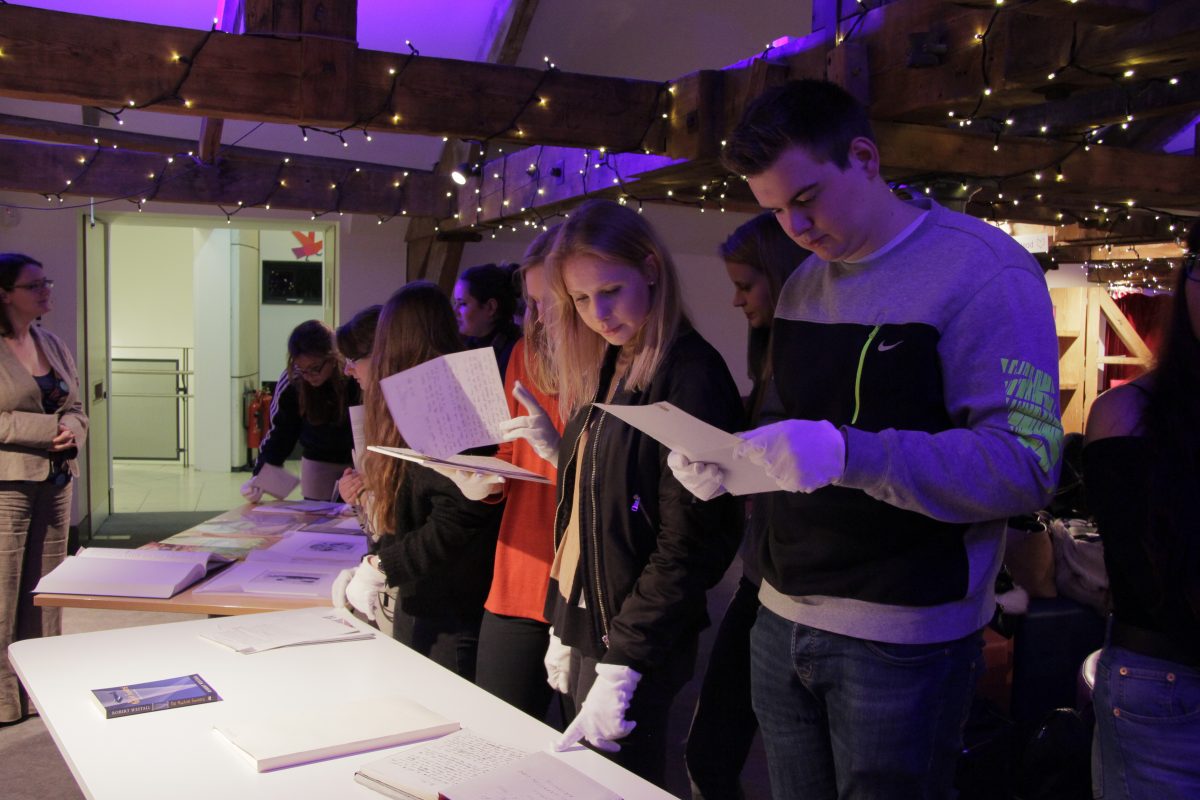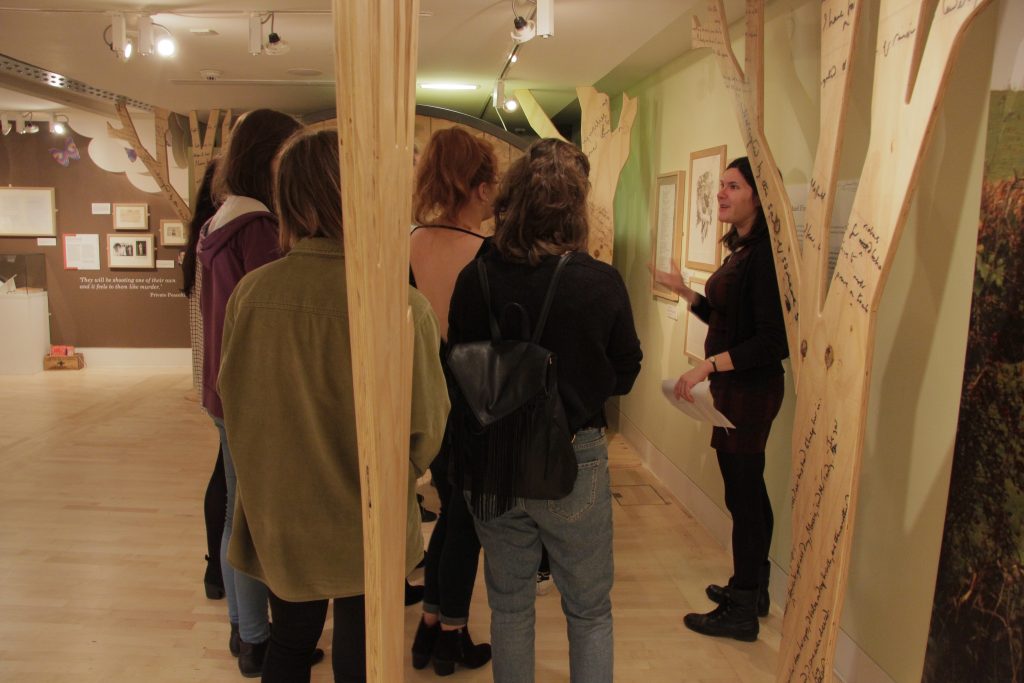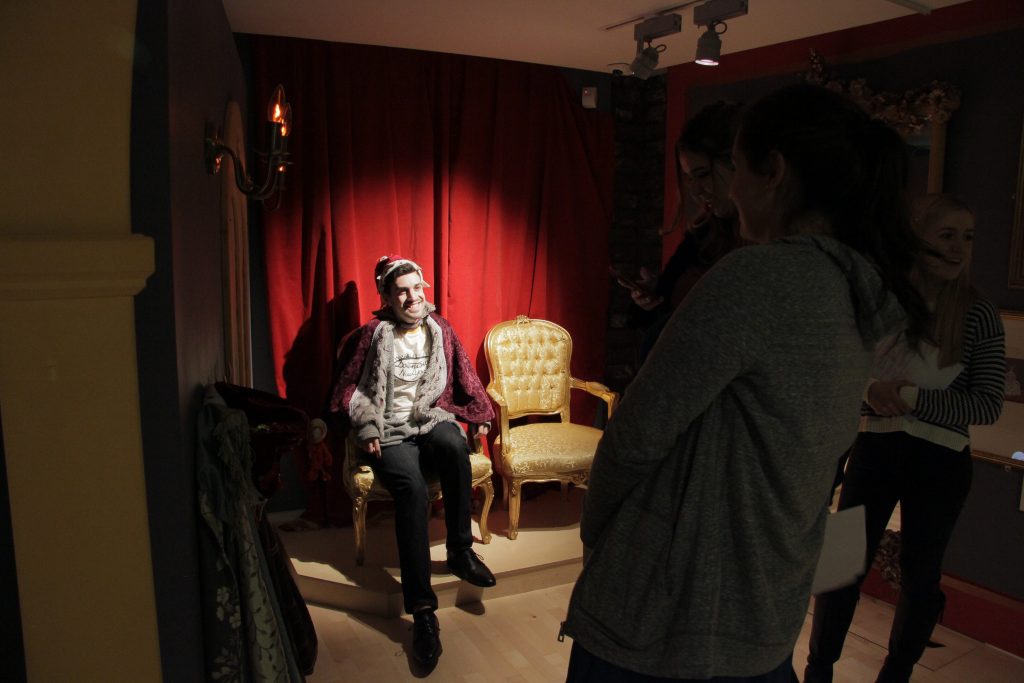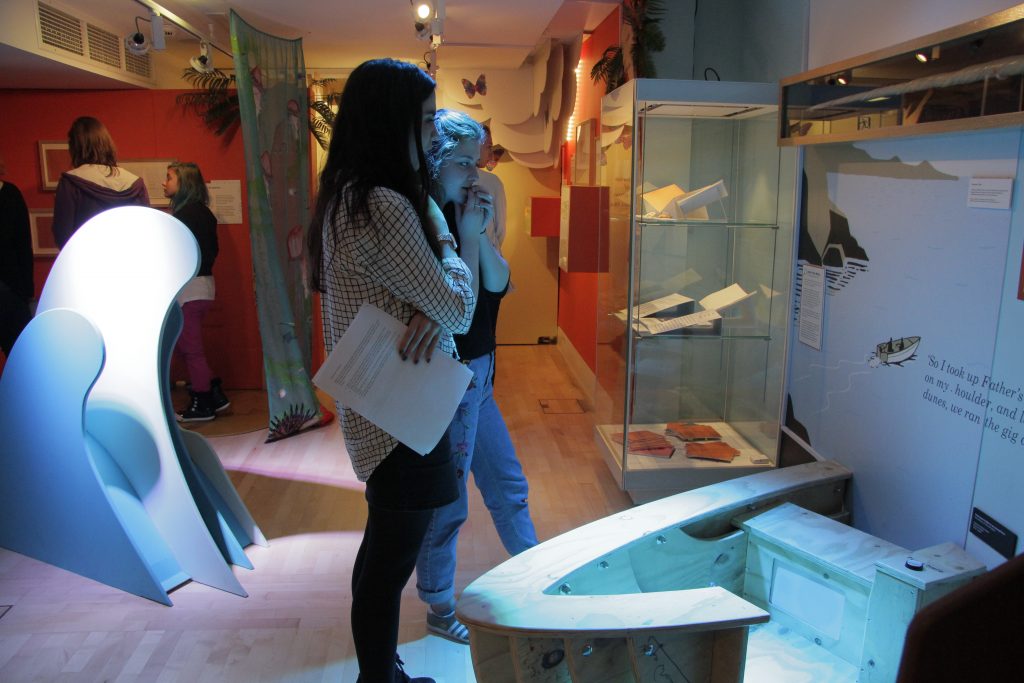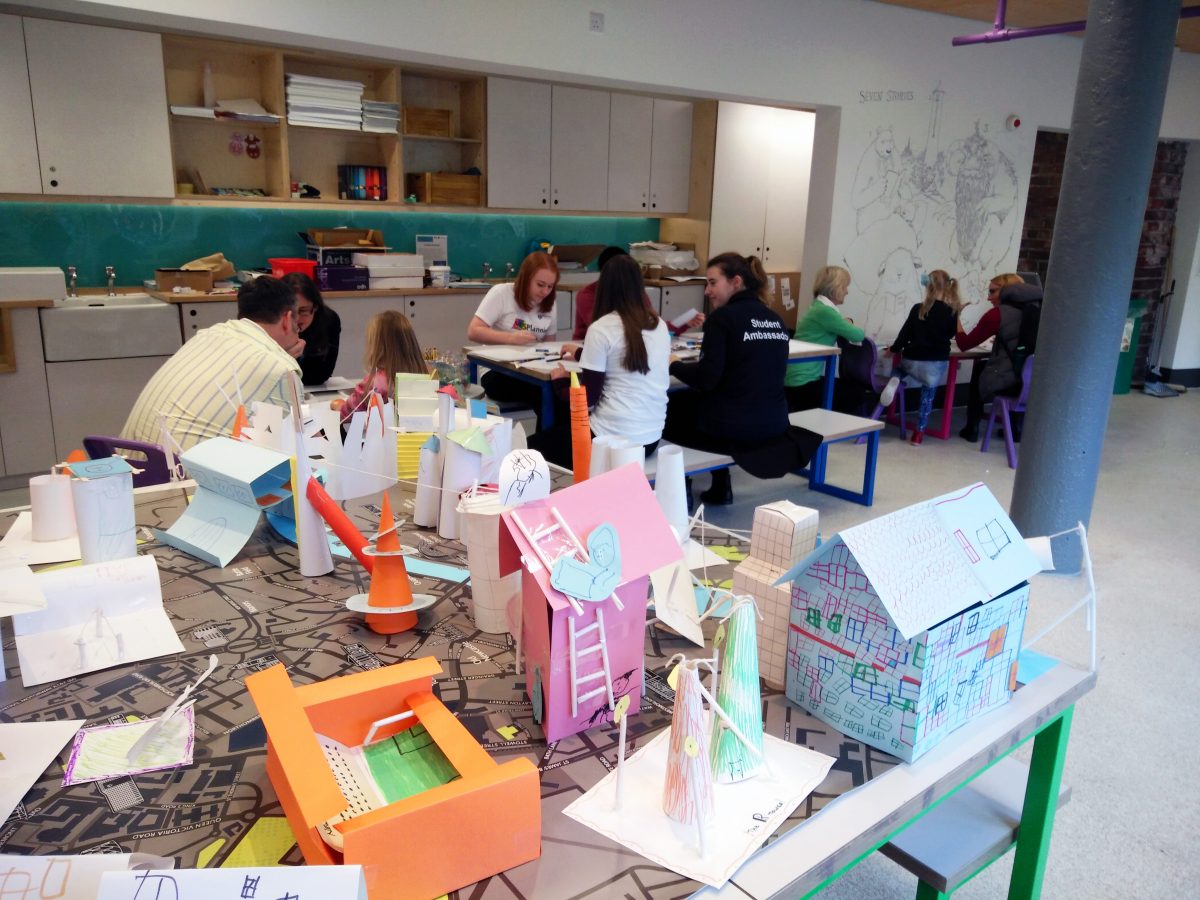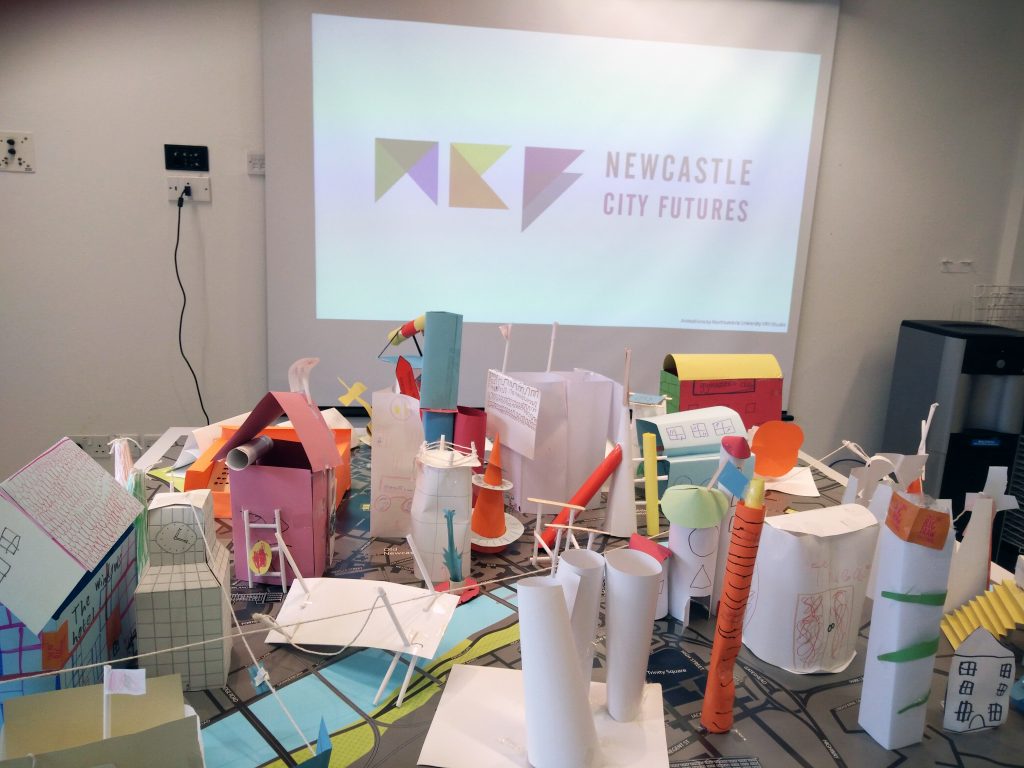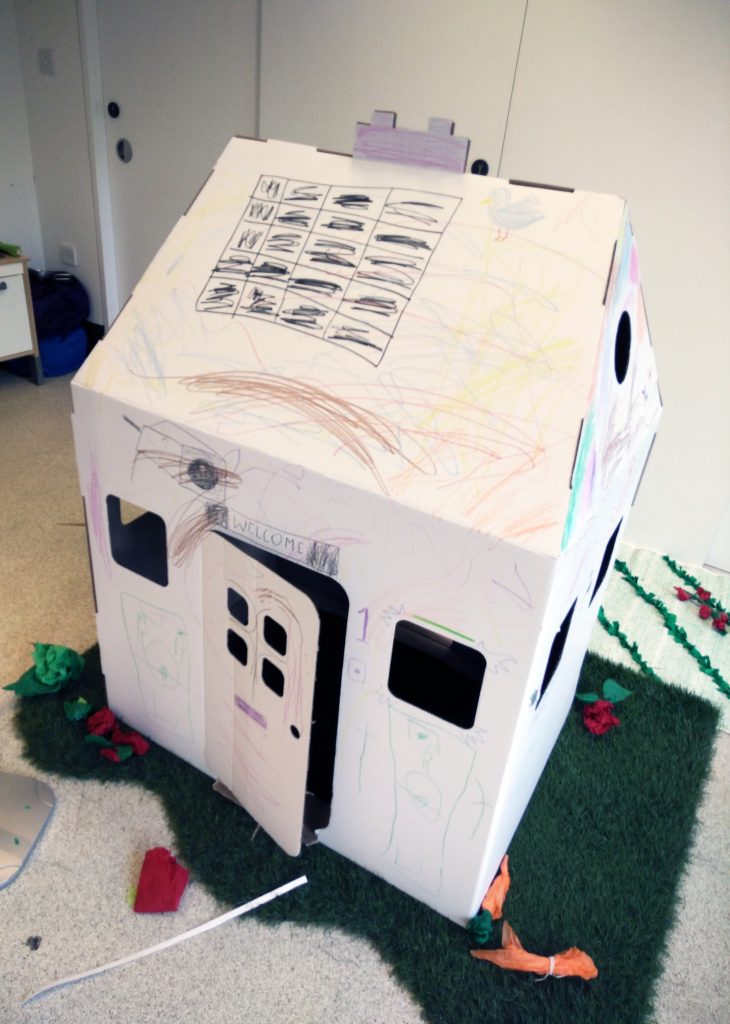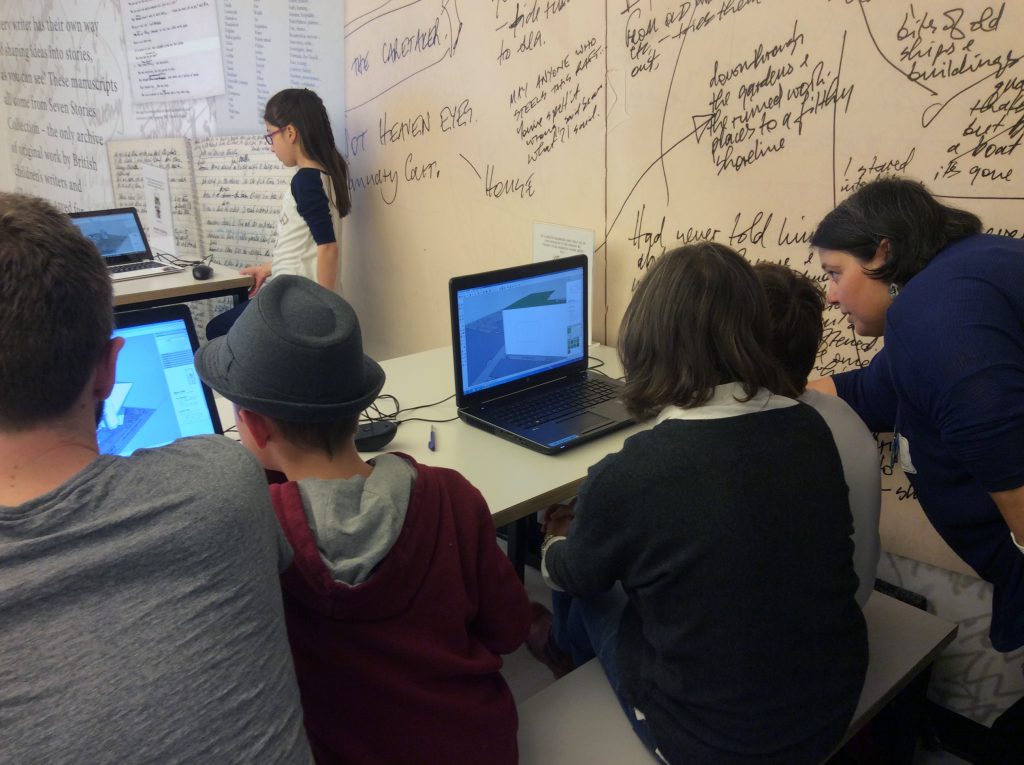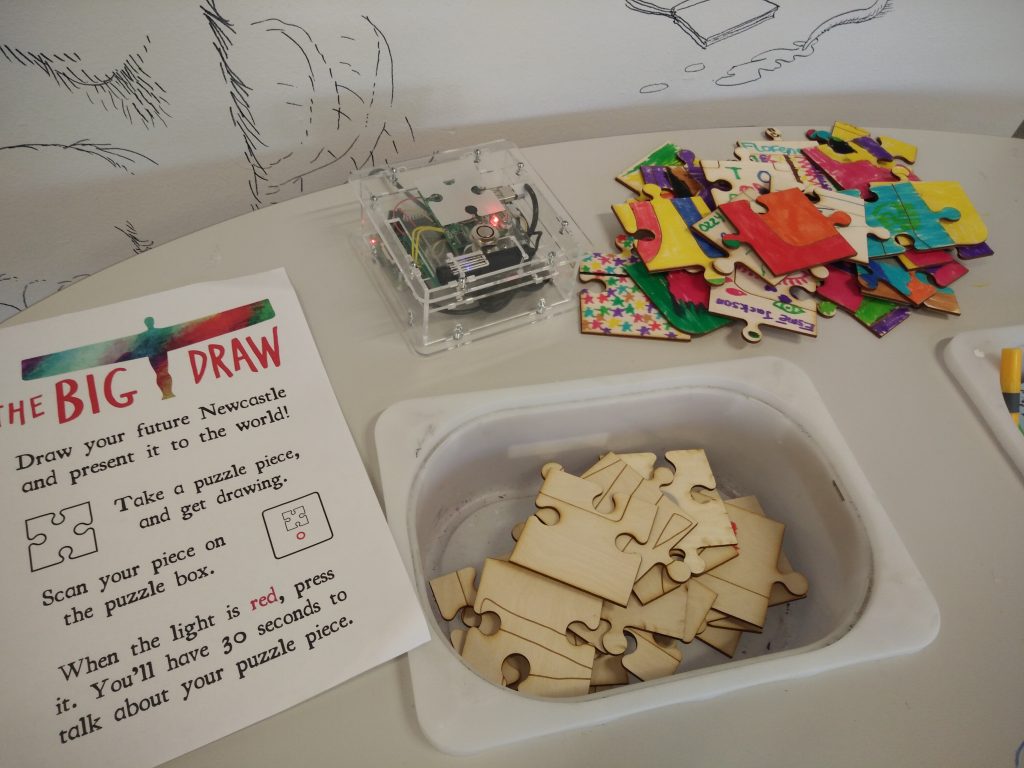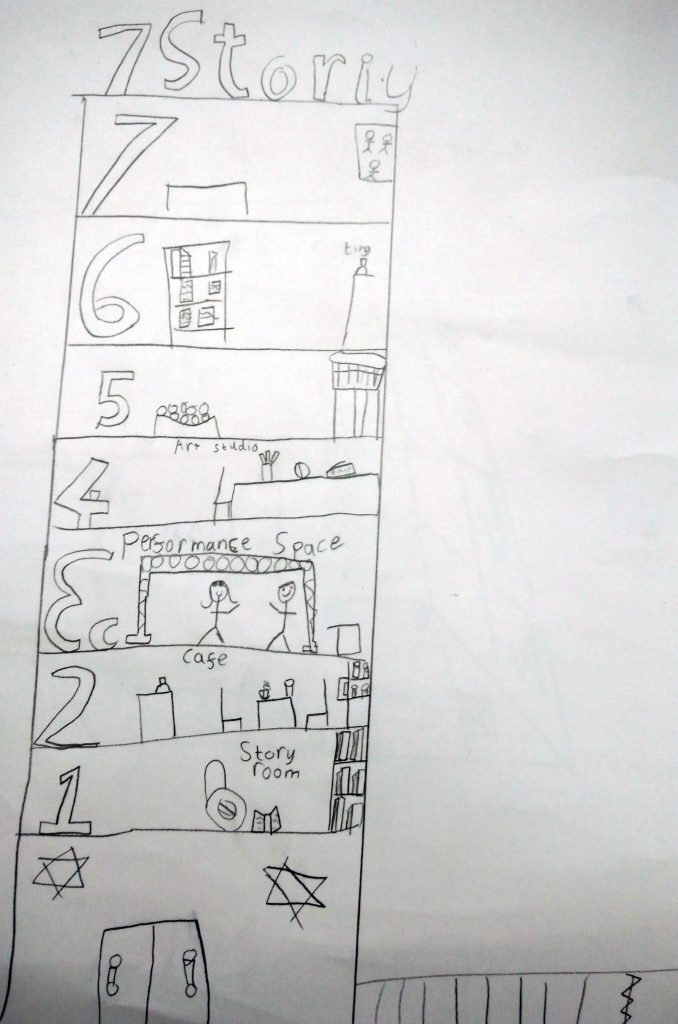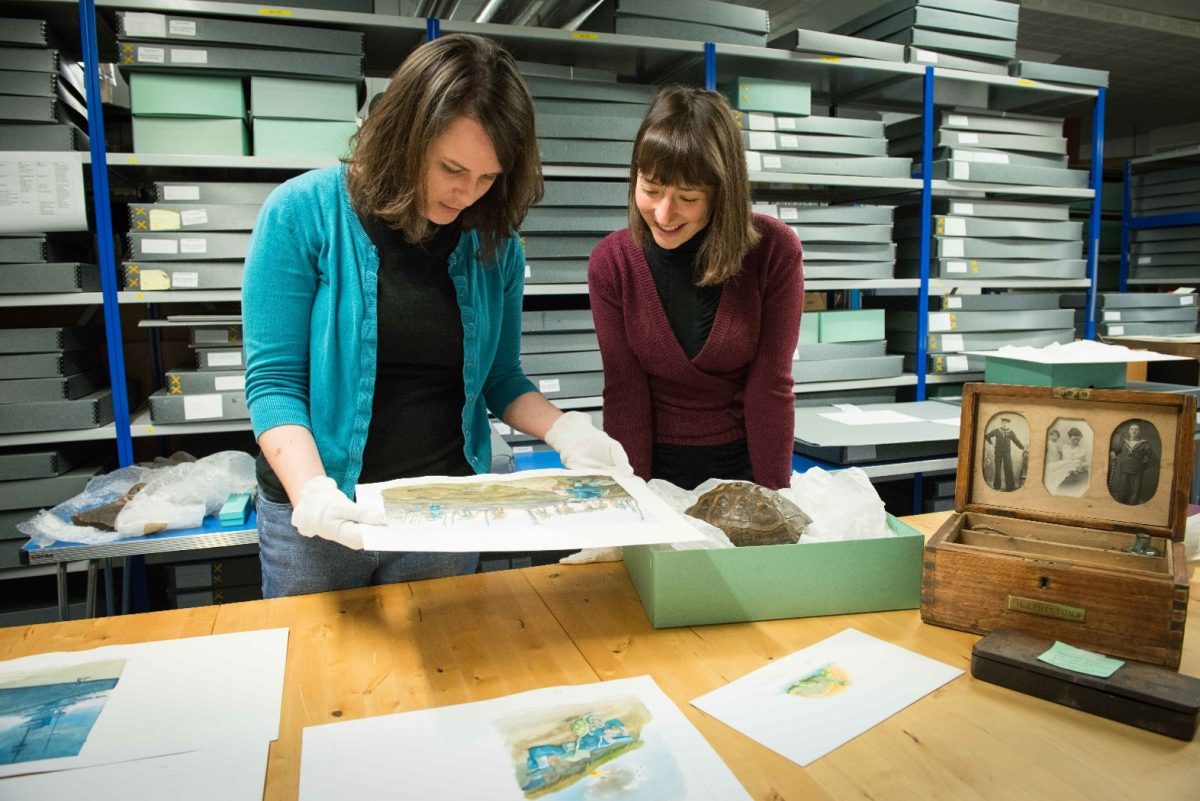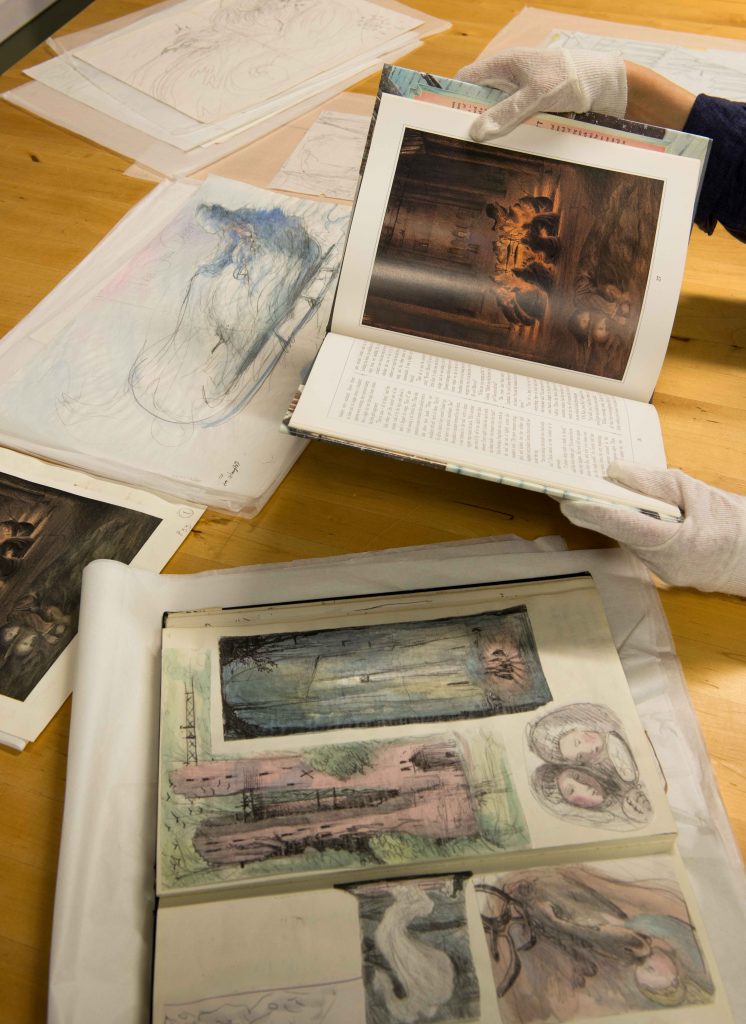The concepts of fear and hope are central to children’s books.
The Vital North Partnership is part of Newcastle University’s Humanities Research Institute.
So when Being Human, a national festival of the humanities, announced their 2016 festival theme of Hope & Fear, it seemed like the perfect opportunity for the Vital North Partnership to get involved!
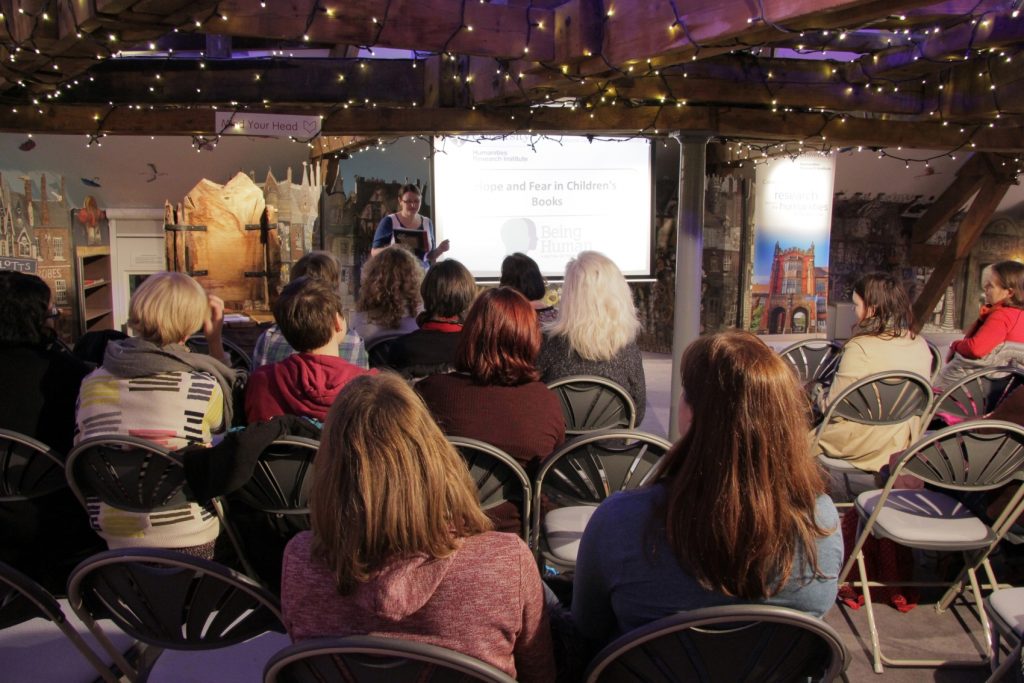
On 24th November, Newcastle University’s Children’s Literature Unit hosted a Being Human event at Seven Stories: The National Centre for Children’s Books.
The aim of Hope and Fear in Children’s Books was to engage non-academic audiences in children’s literature research in a fun and interesting way.
After an overview of how children’s books engage with hope and fear by Dr Lucy Pearson, Lecturer in Children’s Literature, our first stop was the Michael Morpurgo: A Lifetime in Stories gallery.
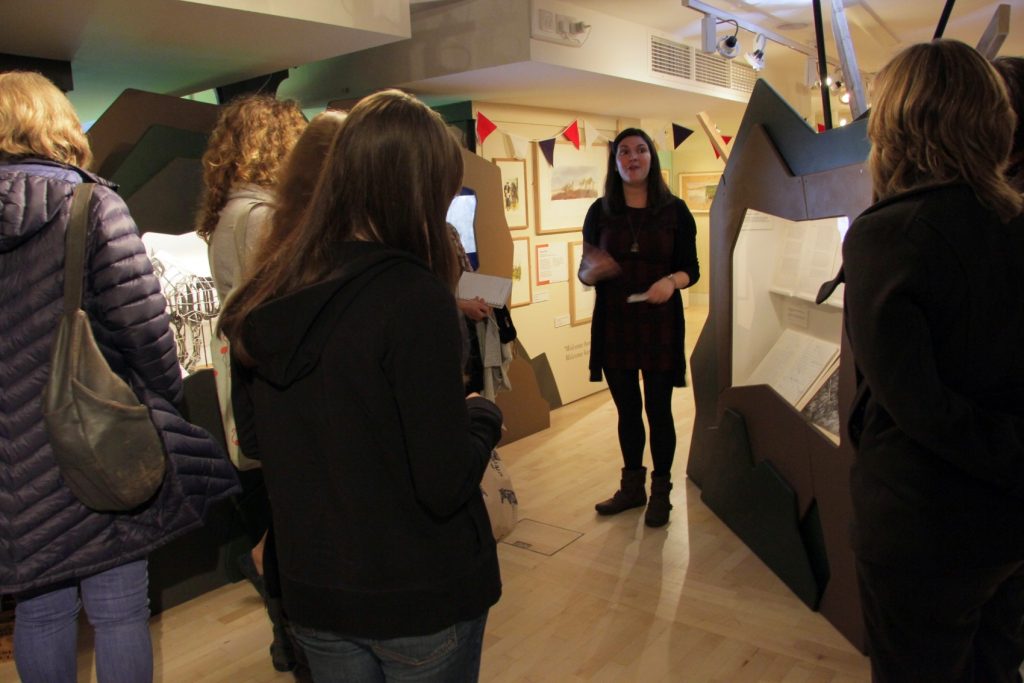
Dr Jessica Medhurst, Knowledge Transfer Partnership Research Associate, gave us a guided tour of the Michael Morpurgo exhibition. Dr Medhurst has been working with Seven Stories’ Collections Team to uncover the treasures within Morpurgo’s archive, and her tour highlighted the themes of hope and fear within Morpurgo’s work. One visitor said:
“The Michael Morpurgo exhibition was really visually pleasing. The person who took us around was really passionate and informative.”
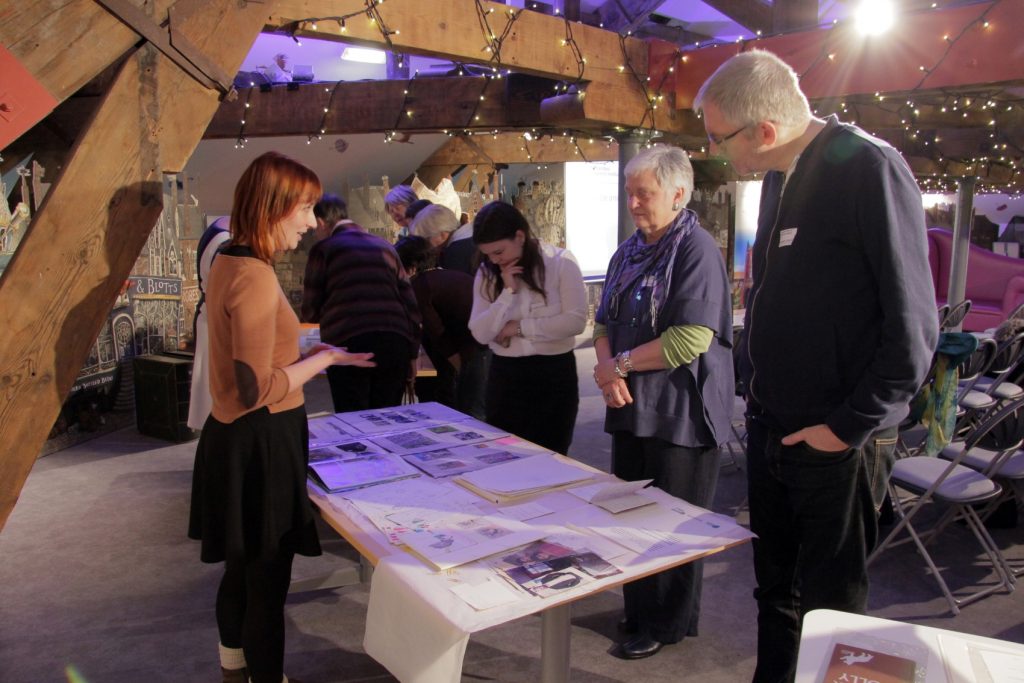
Next, we headed up to the Attic, where the Seven Stories Collections Team and Dr Pearson facilitated a hands-on session with original material from Seven Stories’ Catherine Storr, David Almond and Judith Kerr collections.
Our visitors really appreciated the chance to explore this original material in detail:
“The chance to look at the objects / drawings from the collection / archive was great.”
Then, Seven Stories’ Storycatchers Jayne and Lawrence introduced us to the Rhyme Around the World gallery, where we had some self-led time to explore hopes and fears in nursery rhymes. And to have fun with the interactives… “I dressed up as a sheep!”
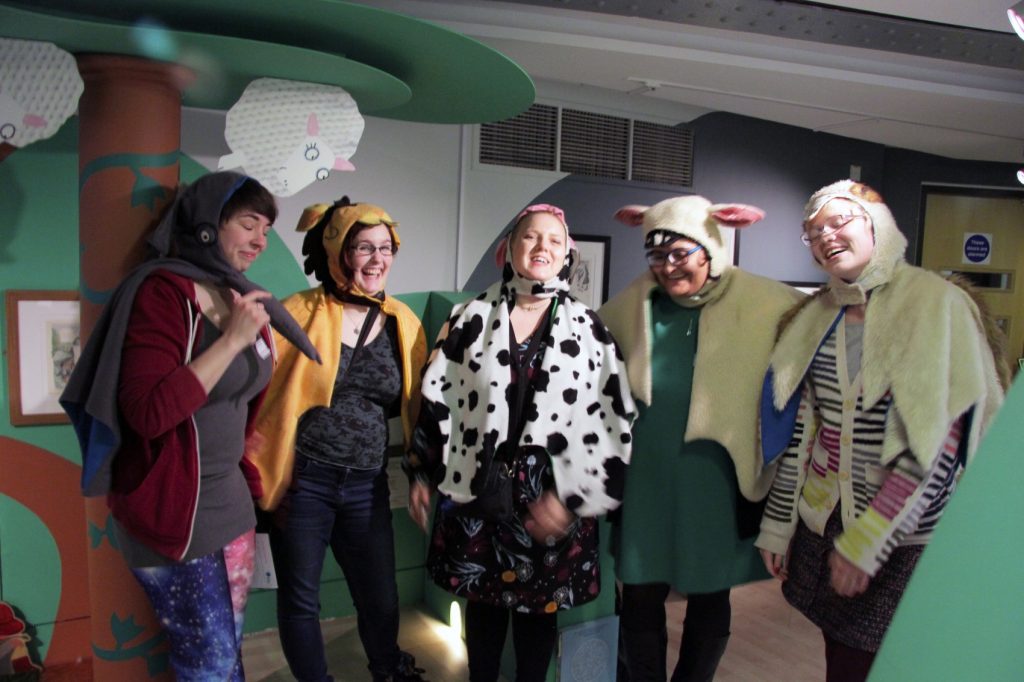
The evening closed with a drinks reception and quiz in the Attic, sponsored by Newcastle University’s Humanities Research Institute. My knowledge of hope and fear in children’s books was certainly tested, anyway!
Commenting on what they thought was most successful about Hope and Fear in Children’s Books, I was really pleased to see that a number of our visitors said they liked the opportunity to ‘chat to experts’. And I think this piece of feedback from a participant about the impact the event had on them sums the evening up for me, too:
“It’s made me think about how literature can help children (and adults!) cope with fear, and indeed hope.”
Being Human is the UK’s only national festival of the humanities and took place this year between 17th – 25th November 2016. The festival is led by the School of Advanced Study, University of London, in partnership with the Arts and Humanities Research Council and the British Academy.
